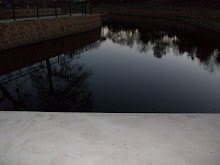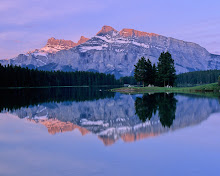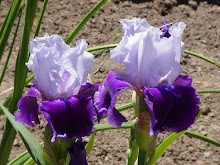




 National Dress
National Dress

Steam bath-house



 Artic Hare
Artic Hare Artic Fox
Artic Fox
 Geese
Geese Moth
Moth
of it lies above the Artic Circle. It's southern tip shares the
same latitude as Oslo and the British Shetland Isles.
By contrast, the East Coast of Greenland is very remote and wild,
and its ruggedness and isolation have a direct bearing on how one
finds it today. To the west, the Inland Ice bars any overland connection to the
populous and developed west coast.
To the east and out to the sea the East Greenland Current flows
along the entire coast, dragging vast quantities of icebergs and dense Polar ice
with it, effectively blocking access to all but the most determined or
lucky seafarers, rendering it an unattractive prospect to Western colonisers and
delaying their arrival until very recently. For these reasons East Greenland
remains undeveloped and populated by only 3,000 within a handful
of settlements; an ancient Inuit hunting society with intact customs
and traditions has persisted here. Its Isolation is such that other
Greenlanders put it to the back of their minds and name it "Tunu" -
The land at the back.
Ethnic groups:....Greenlanders 87% (Eskimos & Greenland born whites)
Danish and others 13%
Religions: Evangelical Lutheran
Languages: Eskimo Dialects, Greenlandic (an Inuit dialect)
Population: 59,309 (1998)
Population growth rate = 0.9%
Birth rate: 15.83 births per 1000 population



























































